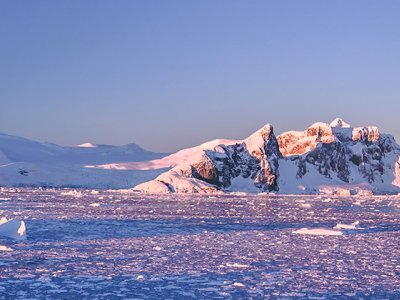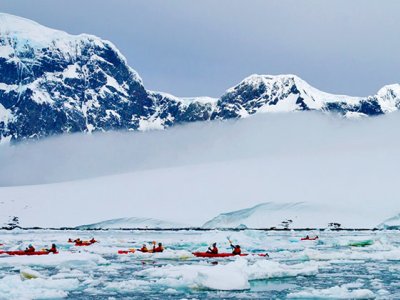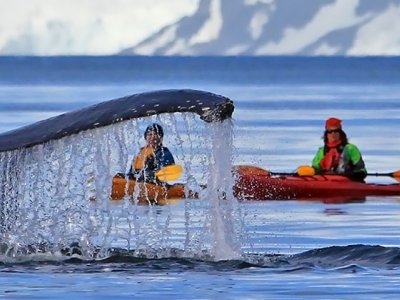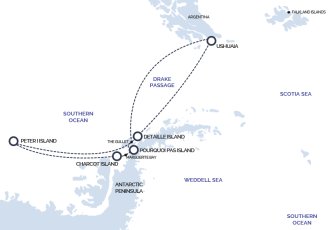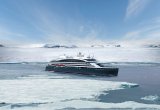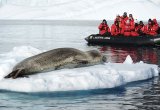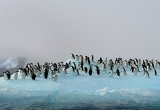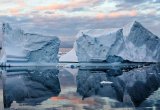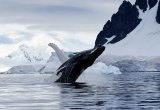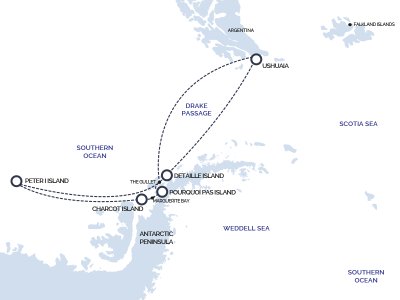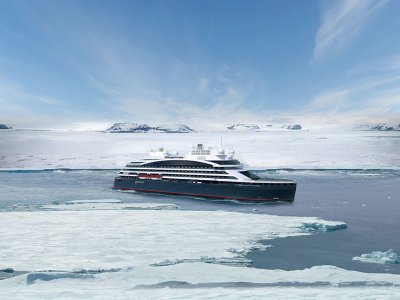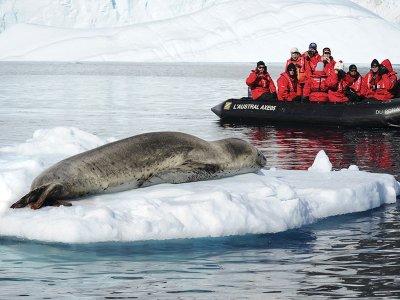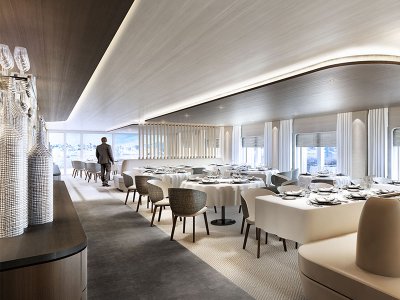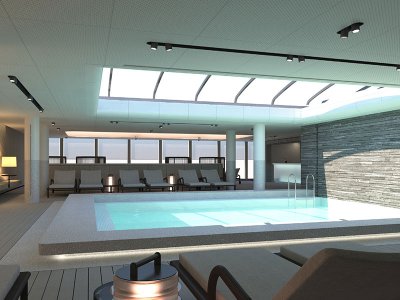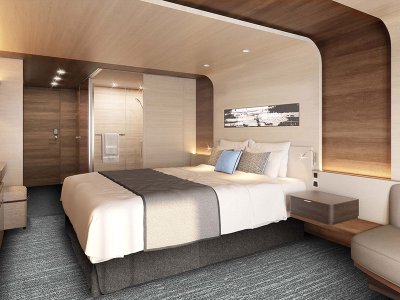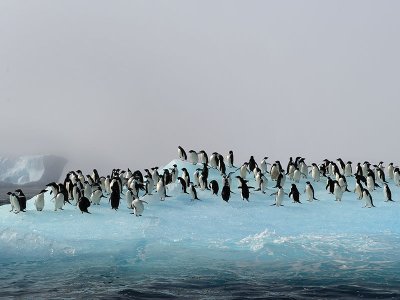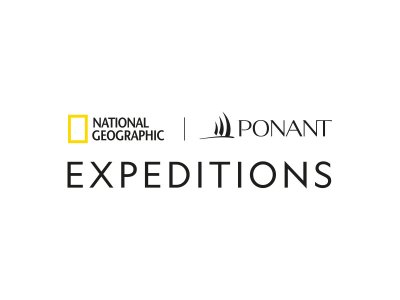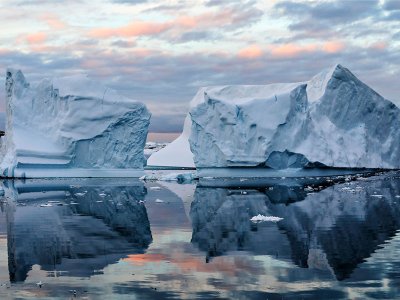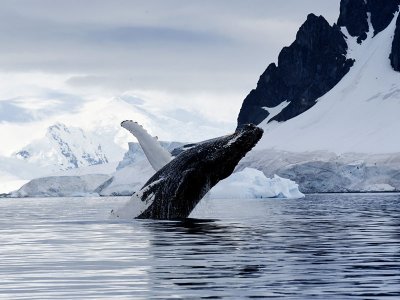Home
Destinations
Antarctica
Expedition to Charcot & Peter I Islands with National Geographic by Ponant
GET IN TOUCH
Enquire About Polar Routes
BOOK AN APPOINTMENT
Please fill out your details below to book an appointment with a travel specialist:
CALL US
Mon to Sat: 9am-5:30pm
0203 196 1000
GET IN TOUCH
Enquire About Expedition to Charcot & Peter I Islands with National Geographic by Ponant
Expedition to Charcot & Peter I Islands with National Geographic by Ponant
Enjoy a 15-day itinerary sailing across the Drake Passage to Charcot and Peter I Island, a small volcanic island where very few people have visited. A once-in-a-lifetime expedition with Ponant and National Geographic onboard the brand-new Le Commandant Charcot.
Landing on Peter I Island is like landing on the moon. In fact, fewer people have visited this small volcanic island located in the Bellingshausen Sea, 450km from the Antarctic coastlines, than have set foot on lunar soil!
This unusual itinerary will also provide an opportunity to approach Charcot Island, thus named by Captain Charcot in memory of this father during its discovery in 1910. On this cruise, you'll enjoy the company of a National Geographic Photographer and an Expert. Be among the few people on earth who have visited these unique islands.
Highlights
-
A cruise in partnership with National Geographic Expeditions offering enrichment with a National Geographic Photographer and Expert onboard
-
Visit two islands beyond the Polar Antarctic Circle, that few have visited before
-
Outings and shore visits on Zodiacs
-
Hiking opportunity
-
Wildlife: humpback whales, gentoo penguins, Weddell seals
-
Included activities such as Hovercraft, hot air balloon and snowmobiles
-
Lectures and information sessions hosted by naturalist-guides
Quick Itinerary
Day 1: Ushuaia
Days 2 & 3: Crossing the Drake Passage
Day 4: Crossing the Antarctic Circle
Day 5: Detaille Island
Day 6: The Gullet
Day 7: Pourquoi Pas Island
Day 8: Marguerite Bay
Days 9 & 10: Expedition to Charcot Island
Days 11 & 12: Expedition to Peter I Island
Day 13: At Sea
Day 14: The Gullet
Day 15: Crossing the Drake Passage
Day 16: Ushuaia
Secure your space today by calling one of our Travel Specialists on 0203 196 1000
Itinerary
Day 1: Ushuaia
Arrive in the capital of Argentina's Tierra del Fuego province. Ushuaia is considered the gateway to the White Continent and the South Pole. Embark your ship here, ready to set sail in the early evening.
Days 2 & 3: Crossing the Drake Passage
Day 4: Crossing the Antarctic Circle
Day 5: Detaille Island
Day 6: The Gullet
Day 7: Pourquoi Pas Island
Day 8: Marguerite Bay
Days 9 & 10: Expedition to Charcot Island
Days 11 & 12: Expedition to Peter I Island
Day 13: At sea
Day 14: The Gullet
Days 15: Cross the Drake Passage
Day 16: Ushuaia
Departures and Prices
Send An Enquiry
Enquire About Expedition to Charcot & Peter I Islands with National Geographic by Ponant
When Do You Want To Go?

From your first booking with us, you’ll become a member of My Routes Rewards and begin collecting points for every holiday you book!
ABOUT US
We'll compare a huge selection of expedition ships, cruises and operators to find your perfect cruise.
Our prices are amongst the best you'll find, plus look out for Polar Routes exclusive offers!
As supporters of the UK Antarctic Heritage Trust, booking with us helps support the work of the trust within Antarctica.
All our holidays are ATOL protected (11104), for your complete peace of mind.


Why book with Polar Routes?
CHOICE
- We can compare a huge selection of expedition ships, cruises and operators.
- From former Russian research vessels to larger and luxurious ships - there is an expedition cruise to suit you.
- Our Polar Specialists will help you choose the perfect expedition cruise for your requirements.
SPECIALISTS
- We are the expedition cruise specialists and know all the polar destinations inside out.
- Our expert team of Polar Specialists have extensive knowledge of all the expedition ships & operators.
- All of our Polar Specialists have first-hand experience of expedition cruising to the polar regions.
VALUE
- Our prices are amongst the best you'll find, plus look out for Polar Routes exclusive offers!
- All our holidays are ATOL protected (11104), for your complete peace of mind.
- As supporters of the UK Antarctic Heritage Trust, booking with us helps support the work of the trust within Antarctica.





